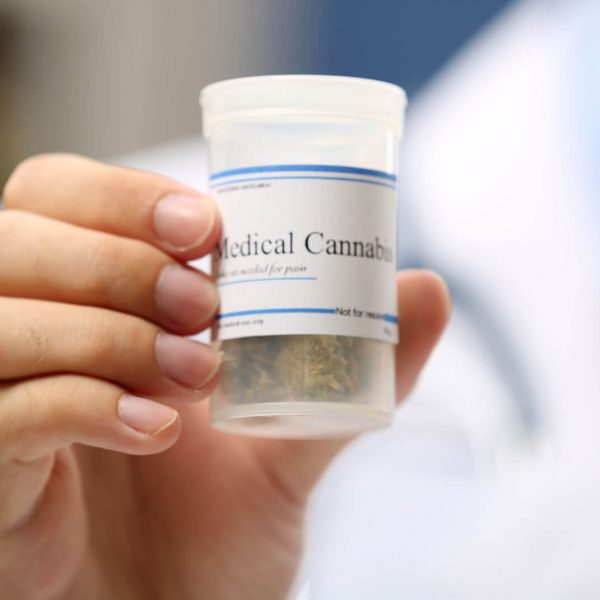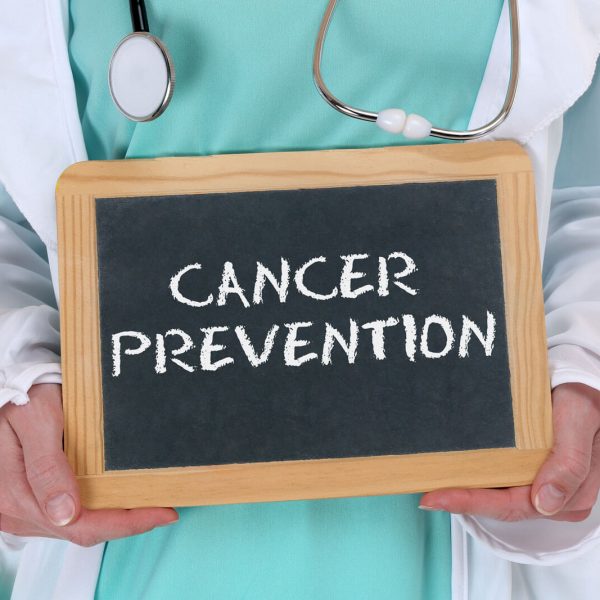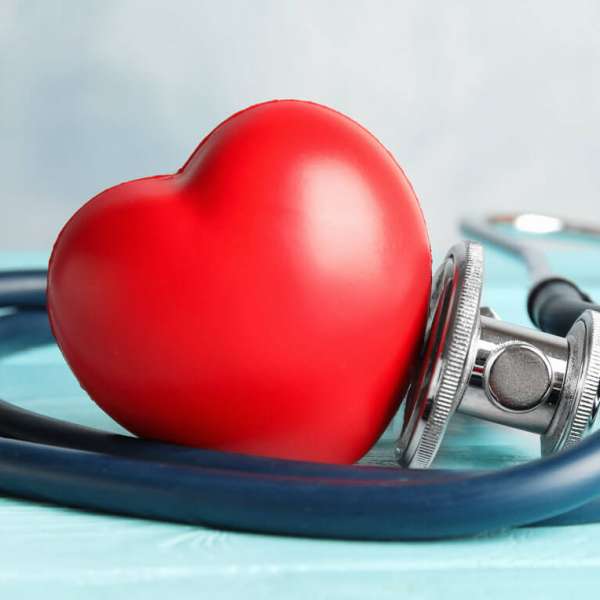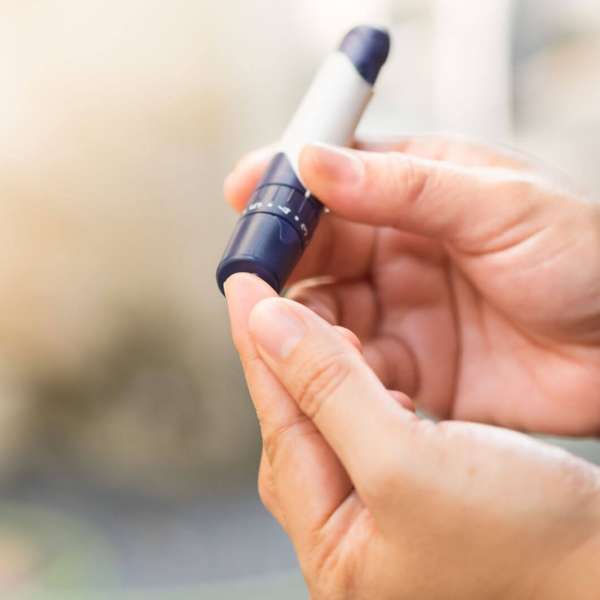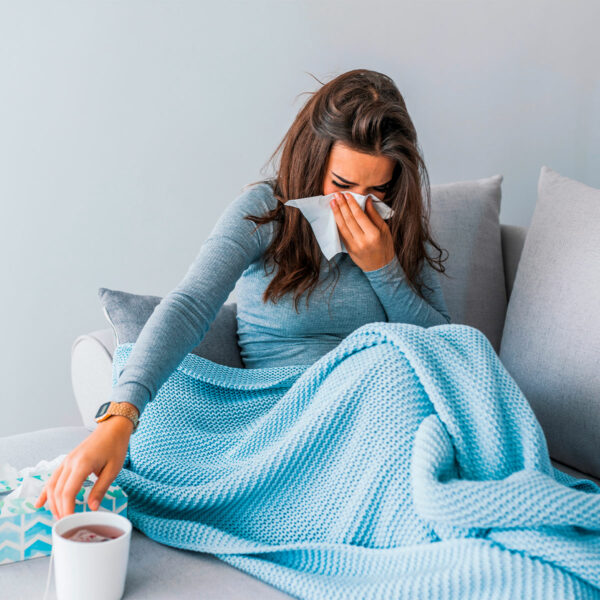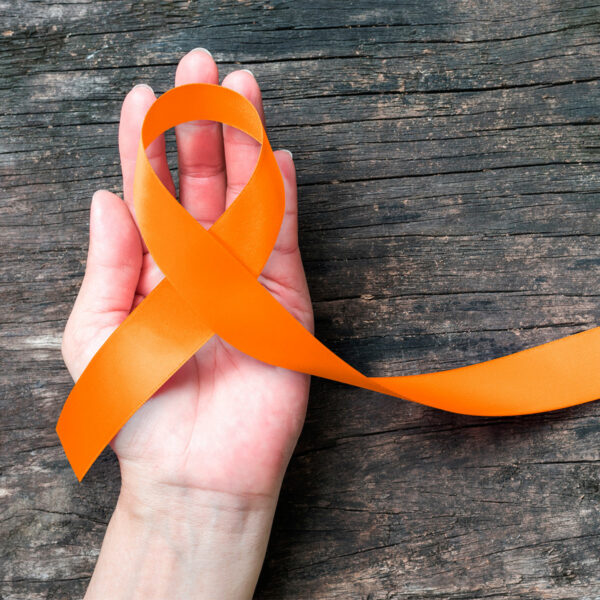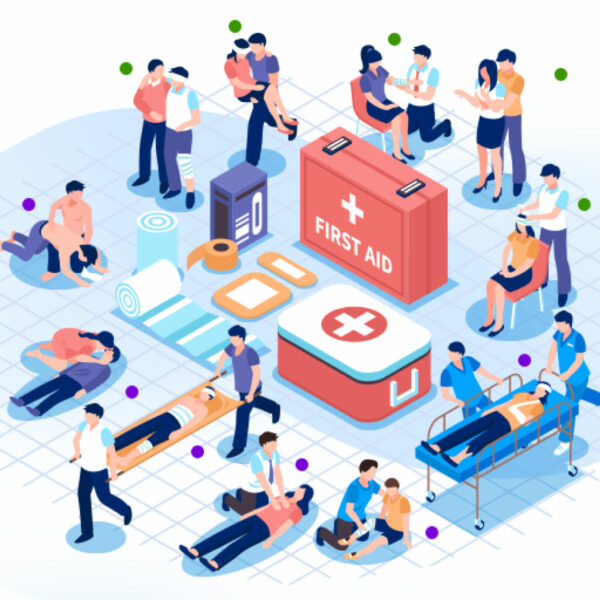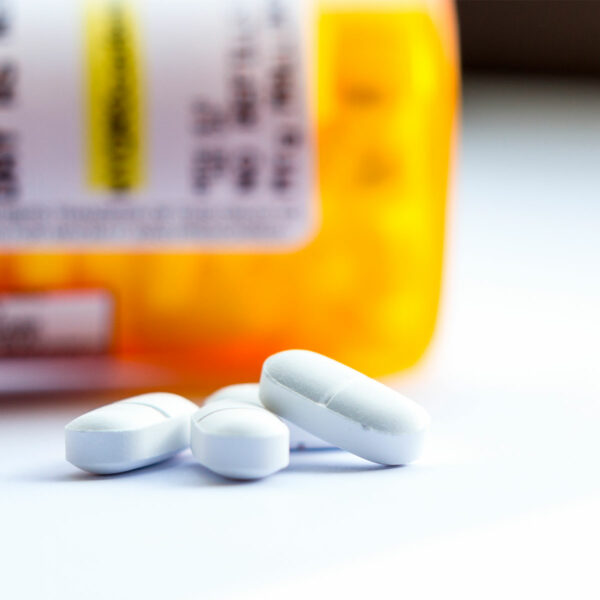On October 20th, World Osteopaorosis Day was observed to raise awareness about the prevention, diagnosis, and treatment.
Osteoporosis is a disease that causes bones to deplete and weaken, leading to brittle bones that break easily. It affects men and women of all races, although white and Asian women, especially those who have undergone menopause, are most at risk. Suffering a fall or even bending over or coughing may result in a fracture. These occur most often in the hips, wrists, or spine.
Bones are constantly breaking down and regenerating. Osteoporosis occurs when new bone tissue is generated at a slower rate than the rate of bone loss.
Most Common Symptoms
*In many cases, there are no symptoms
- Back pain, caused by fractured or crushed vertebrae
- Loss of height over time
- Hunched posture
- Bones that break much easier than expected
When Should You Consult a Doctor?
- If you had an early menopause
- If you took corticosteroids for several months in a row
- If either of your parents sustained a hip fracture
Causes
Osteoporosis happens when the regular process of bone replacement slows down. The likelihood of developing osteoporosis partly depends on how much bone mass you developed in your youth. The higher your peak bone density, the more “reserve” bone mass you will have and the less likely you will be to develop osteoporosis as you age.
- Risk factors (controllable)
- Sedentary lifestyle
- Alcohol and tobacco use
- Risk factors (uncontrollable)
- Aging; being female, white, or Asian
- Family history, being small and thin, low estrogen and testosterone levels
- Thyroid problems, nutritional factors, use of prednisone and cortisone, other bowel diseases, kidney diseases, or cancer
Complications
The most serious complications are spine and hip fractures. These can be caused by falls or by weakened vertebrae. This can result in back pain, loss of height, and a hunched posture..
Prevention
- Good nutrition
Calcium * – Individuals between the ages of 18 and 50 need 1000 mg per day. It increases to 1200 mg for women in their 50s and men in their 70s.
Sources of calcium: low-fat dairy products, dark leafy greens, canned salmon or sardines, tofu, calcium-fortified cereals, and orange juice.
*If you find it difficult to get enough calcium from your diet, consider taking supplements. However, excessive calcium intake is associated with kidney stones. While it is not yet certain, some experts suggest that excess calcium, especially in supplements, may increase the risk of heart disease.
Vitamin D – improves the body’s ability to absorb calcium. Most people require at least 600 IU daily. Starting at age 70, the recommended daily intake increases to 800 IU.
Sources of vitamin D: cod liver oil, trout, and salmon. Some types of milk and cereal are fortified with vitamin D.
- Physical activity
Walking, running, jumping, dancing, and lifting weights can help strengthen your bones and slow down the bone loss rate. It doesn’t matter when you start doing them, but it is always best if you start young.
Diagnosis
Bone density is measured with a device that uses low-level X-rays to determine the mineral ratio in the bones. In most cases, only the hip and spine bones are examined.
Treatment
A recommendation is made after estimating the risk of fracture over the next 10 years. If your risk is not high, the treatment focuses on modifying the risk factors for bone loss and falls.Medications are taken orally or as subcutaneous injections or intravenous infusions
Hormone replacement therapy*
The most common side effects are nausea, abdominal pain, fever, headaches, and muscle aches. Some cause mid femoral breaks or cracks and osteonecrosis in the jawbone. The use of some of these drugs is limited to 1 or 2 years.
If you stop taking any of these bone-strengthening medications, you will need to take another medication to treat osteoporosis in order to maintain the new bone growth.
* Estrogen therapy can increase the risk of breast cancer and blood clots, which can lead to strokes. Therefore, it is generally used in younger women or women whose menopausal symptoms also require treatment.
References: Medline Plus, Mayo
TSS-DEN-3906-2022-B


